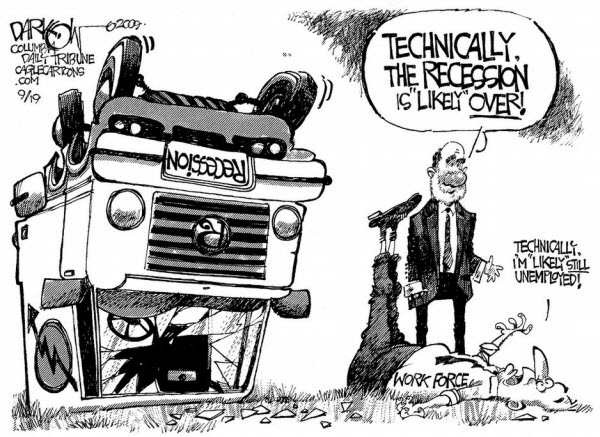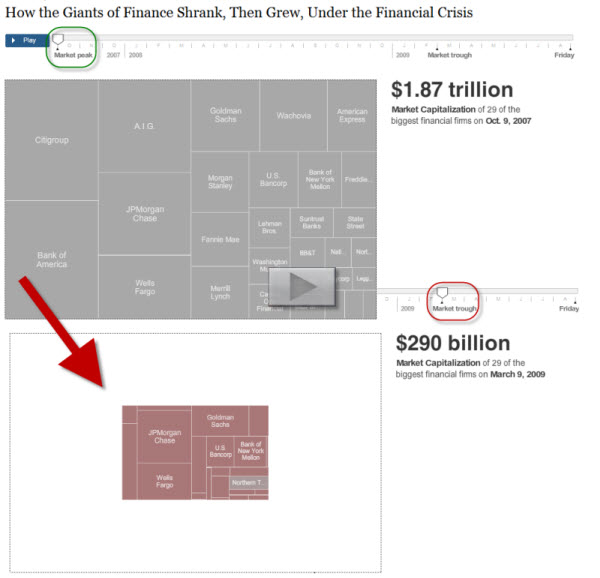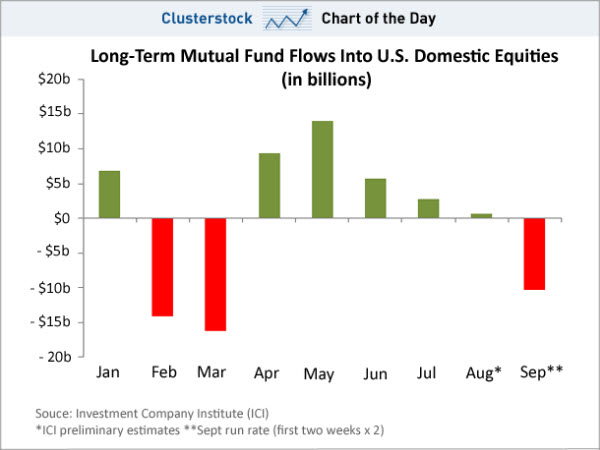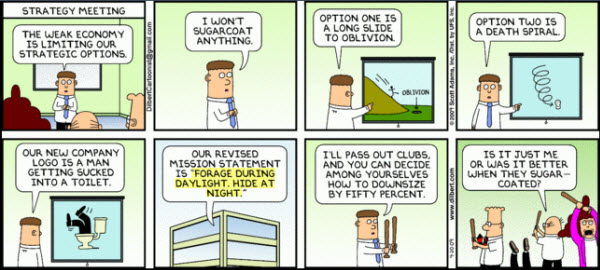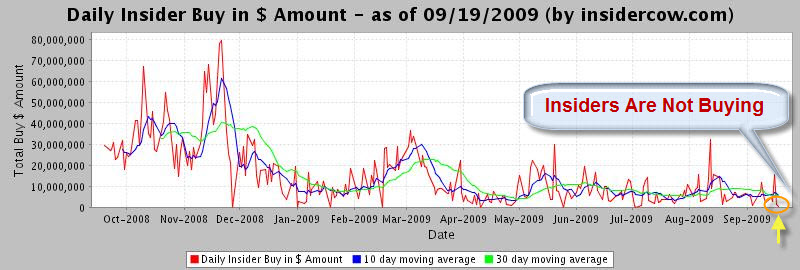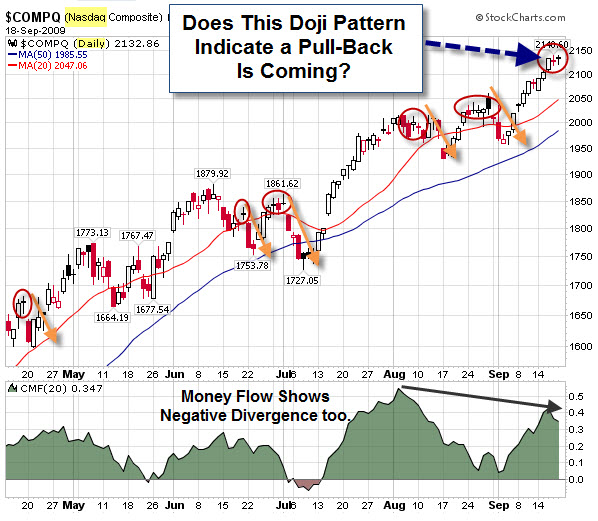This simple communication tool had a huge impact on our project management.
I took for granted that our team was working towards the same vision, that we were aligned, and that we had a clear understanding of what constituted success.I was only partly right. Here are some of the things we did to fix it.
Perception Changes With Focus.
The timeframe someone focuses on tells a lot about that person's level in a company. For example, people producing work tend to focus on what they're doing that day or week. Managers have a slightly longer timeframe, and may be looking at monthly production. Some executives are looking at the next year or two; while the CEO is often looking much further out than that.
On a generic level, it is easy to think about the future. On the other hand, for someone working on the day-to-day operational details, it's much harder to figure-out how to go from where we are to even the very next step.
Alignment Is a Key to Momentum and Progress.
Aligning vision, strategy, and tactics is important to make sure that
what we're doing now supports our ultimate goal and moves us in the
right direction. Consequently, one of the goals of the planning exercise is to create a clear path so each person understands what they're doing, and how what they're doing up takes us closer to our ultimate goal.
A Quick Look Backwards.
One of the ways we have done this is to talk about some of the past iterations of technologies that we've gone through. Doing this helps reinforce how much progress we've already made, as well as to recognize which things really marked the ending of one phase – or the beginning of another.
Looking back, we identified seven major phases of technology. We agreed to call what we're currently doing version 7.0. We also agreed on which features and functions would constitute version 8.0. In other words, here is where we are … And here is where we want to be.
A Clear Path Forwards.
Then, we identified five stages to get from here to there. The first stage will take about one month, and we're calling it version 7.1. The key is that the team understands that 7.1 Is an important milestone on the path towards a bigger goal. However, it's specific, measurable, and actionable. Each person understands what they have to do, and what the project plan looks like to get from here to there.
Accepting the Journey.
We talked about why version 7.1 was an important step for us. We discussed what it will entail, and how we will know that it's complete. Then we had each person sign the sheet indicating that they agreed with and accepted these specifications.
It sounds silly, but getting people to sign the sheet that documented a complete understanding of "who, what, when, where, and why" was important and freeing. It unlocked each person's unique abilities and gave them a clear path forward.
Think about an area in your business or personal life that could use a little more transparency, clarity and unconditional agreement. Perhaps this simple tool can make it better?
Hope that helps.

